Non-renewable energy sources, like oil, gas, and coal, appear to be dwindling rapidly, although new sources are sometimes discovered. At the same time, there has been a global shift toward renewable energy. For instance, in Europe alone, renewable energy comprised nearly 90% of new power added to the grids in 2016 and 2017.
In this article, you will find out about:
Table of Contents
What Is Renewable Energy?
Renewable energy refers to energy from sources that are inexhaustible and replenish naturally. However, renewable energy is usually flow-limited. This means that while renewable sources are practically inexhaustible in their overall supply, the amount of energy available per unit of time is limited. In the United States, renewable energy contributed to 11% of total energy consumption in 2017.
What are the different renewable energy sources?

Some of the major categories of renewable energy are:
Solar
Solar energy uses nuclear fusion power from the core of the sun. Solar energy can be used in a variety of applications. These range from heating and lighting homes to water heaters, solar attic fans, etc. However, solar energy still remains woefully underutilized. For instance, in the United States, less than 1% of electricity is supplied by solar power.
Wind
The sun’s heat (as well as the lunar pull on the tides) helps to drive the winds. Wind turbines are used to capture the energy from these winds. Wind energy can be used for generating electricity and pumping water. However, wind energy can only be used in those areas where conditions are favorable. Plus, wind farms cover a large area to generate the energy needed at scale. Some wind turbines are moving out to sea for stronger winds.
Biomass
Biomass has been used as a fuel for centuries now. Wood burning produces a lot of carbon dioxide, which is food for plants. Modern forms of biomass that are more promising include biodiesel, methane, and ethanol. Gasifiers can use any vegetation-based material and extract gas for burning.
Hydroelectric
Hydroelectric energy is one of the most exploited renewable energies. It leverages the gravitational potential of water that is at a height, as well as any water which is moving. Hydroelectric can be at any place with swift current or moving waves, and this can be at industrial or personal scale (as with most of the renewable energy options).
Geothermal
Geothermal energy uses the heat within the Earth. This energy can be used to heat or cool buildings and generate electricity. However, geothermal energy has been exploited in very limited areas on the planet where the conditions are just right. Technological limitations have prevented geothermal energy from breaking through as a widespread renewable energy source until today, but new technologies could be changing that.
Hydrogen and fuel cells
One advantage of using hydrogen as an energy source is that it causes almost no pollution when it burns. When used as a fuel in automobiles or to power batteries, hydrogen can help reduce pollution significantly. Experiments are being conducted to use solar power to produce Hydrogen. It could become a very important energy source.
What are the major benefits of renewable energy?
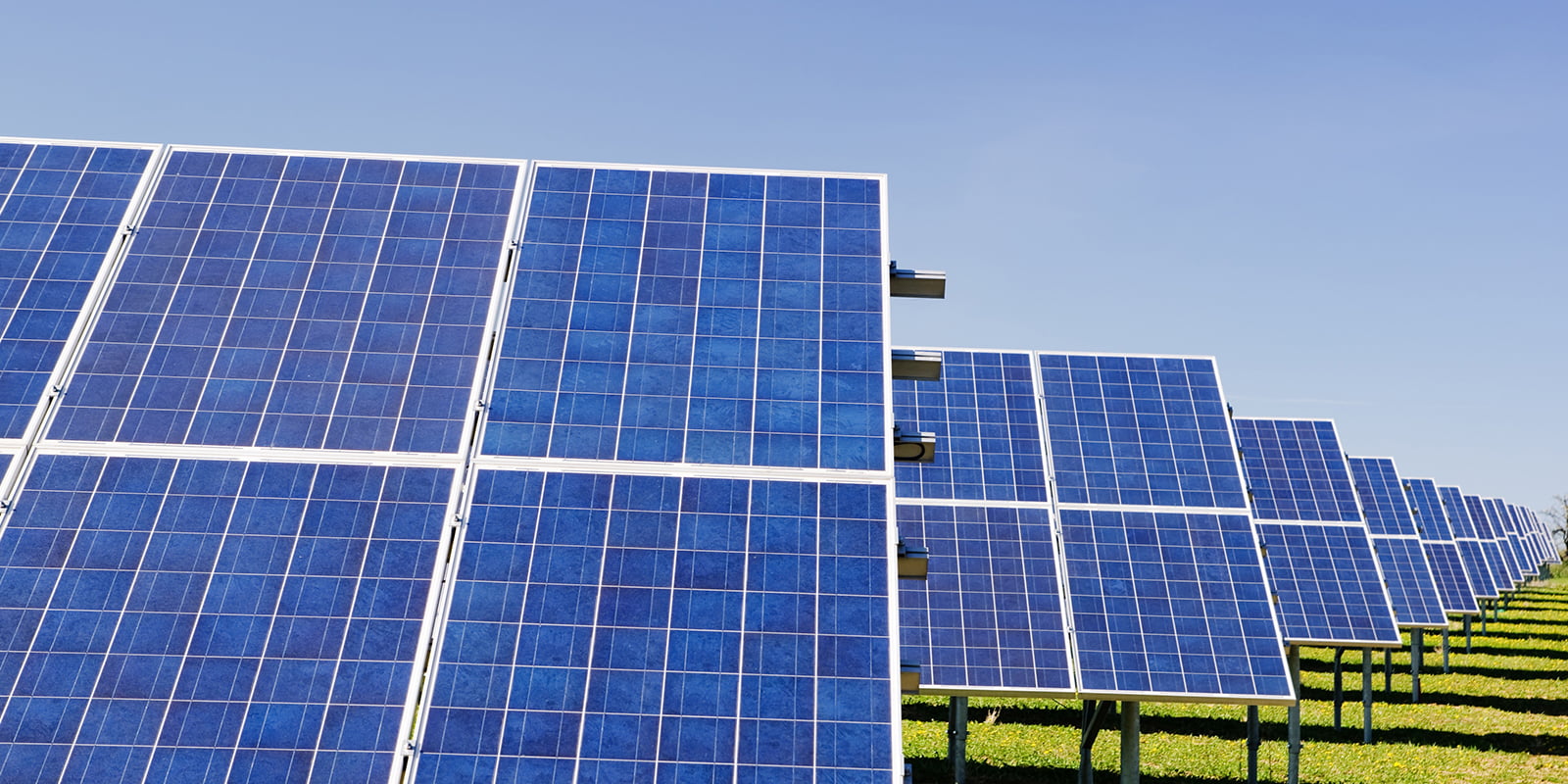
There is too much pressure on fossil fuels today. Cheap and efficient renewable energy sources supplement the supply of fossil fuels to support a more sustainable energy consumption pattern. No wonder that the use of renewable energy has increased by 5-6 times since the 1960s. Here are some of the major benefits of renewable energies:
Potential cost savings
While most renewable energy sources require a higher upfront investment, they are more cost-effective in the long run. The first reason is that their operating costs are lower. For instance, if you’re using solar or wind energy, you don’t have to pay regularly to refuel. Plus, renewable energy technologies usually require very little maintenance, which helps save on recurring maintenance costs. Also, the cost of fuel and on-grid electric power outweighs renewable energy costs in the long run.
Energy independence
Renewable energy technologies use local resources like sunlight and wind to produce electricity. The more citizens of a country begin using renewable energy, the lesser the dependence on imported and centralized energy.
Renewable sources are practically inexhaustible
Unlike with fossil fuels, there is no danger that renewable energy sources like sunlight, wind, and water will run out any time soon. This makes renewable energy a great complement to fossil fuels. Using renewable energy wherever feasible will greatly reduce the burden on fossil fuels. This means fossil fuels will last longer and the environmental impact of their extraction will also be reduced.
Examples of being off-grid

Living off-grid can sound intimidating. However, many people are using the latest technologies to go off-grid in a way that’s both modern and sustainable. Here are some examples from across the world:
The Van Geet off-grid home
The Van Geet Home has been sponsored by the United States Department of Energy’s Energy Efficiency and Renewable Energy (EERE) Agency. This off-grid home is located near Denver, Colorado which sees more than 300 sunny days in a year. This enables a lot of power to be produced from just two solar arrays. Plus the home’s site leverages passive solar and daylighting so that minimum energy is needed to actually run the home.
Sundby nature house
This greenhouse home has been built for a family in Stockholm. It works ingeniously to use the greenhouse to produce energy instead of consuming it. The house is completely powered through natural elements and leverages the latest technologies like solar cells.
The National Renewable Energy Laboratory
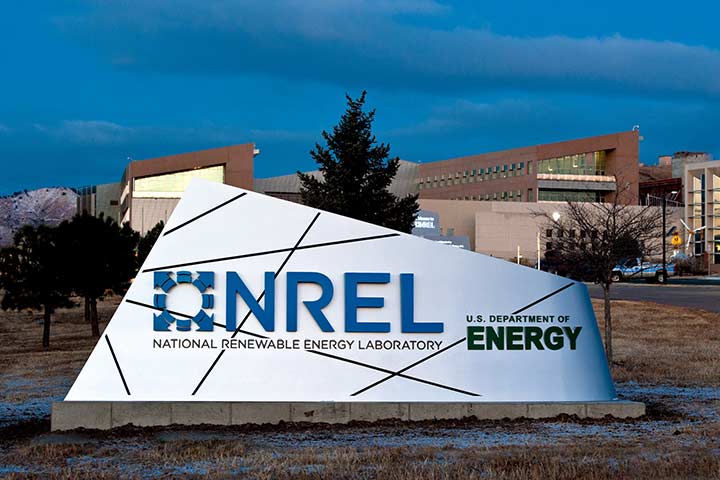
The National Renewable Energy Laboratory (NREL) is an excellent example of the way forward in renewable energy. NREL is funded by the Department of Energy but is run by MRIGlobal under contract. It funds research in relatively nascent renewable technologies and then works on private partnerships to commercialize them. These partnerships include technology licensing, Strategic Partnership Project Agreements, and Cooperative Research and Development Agreements. NREL technologies have received 61 R&D 100 awards. This goes to show how much cutting-edge research happens at the lab. The NREL model is an excellent blueprint for how Governments and private players can collaborate in the area of renewable energy.
The future with renewable energy
A study by the NREL claims that the United States can generate 80% of its electricity from renewable energy by 2050. In fact, this future can be achieved with existing technologies like solar photovoltaics, wind turbines, geothermal, biopower, solar power, and hydropower. Wind and solar power alone have the capacity to supply 50% of the US’ electricity requirements.
While the technical feasibility of this future is there, it heavily relies on policy-making. A long-term clean energy policy establishing a futuristic renewable energy market is crucial. Without the appropriate policy framework, few countries worldwide can exploit the potential of renewable energy. Additionally, any such policies should not involve closing mines, restricting access to natural reserves, prohibiting the use of fossil fuels, or attempting to regulate cow emissions 😉 Rather, they should focus on promoting the growth of renewable energy and planning for their coexistence with fossil fuels. Simultaneously, it is desirable that all technologies, including those for fossil fuels, become more efficient and cost-effective. Encouraging innovation and subsequently commercializing and enhancing these innovations should be prioritized.
FAQs: Renewable Energy
What are the 5 main renewable energy sources?
The five main renewable energy sources are:
1. Solar energy
2. Wind energy
3. Hydroelectric power
4. Biomass energy
5. Geothermal energy
What do you mean by renewable energy?
Renewable energy refers to energy sources that are naturally replenished and can be used without depleting their resources. These sources include solar, wind, hydropower, geothermal, and biomass. They are considered environmentally friendly because they produce minimal greenhouse gas emissions and have a lower environmental impact than non-renewable energy sources such as fossil fuels.
What are examples of renewable energy?
Examples of renewable energy sources include:
1. Solar power
2. Wind power
3. Hydropower
4. Geothermal energy
5. Biomass energy
6. Tidal power
7. Wave energy
These sources of energy are considered renewable because they are naturally replenished and do not deplete finite resources like fossil fuels.
What are the 3 types of renewable energy?
Three types of renewable energy are:
1. Solar power
2. Wind power
3. Hydropower

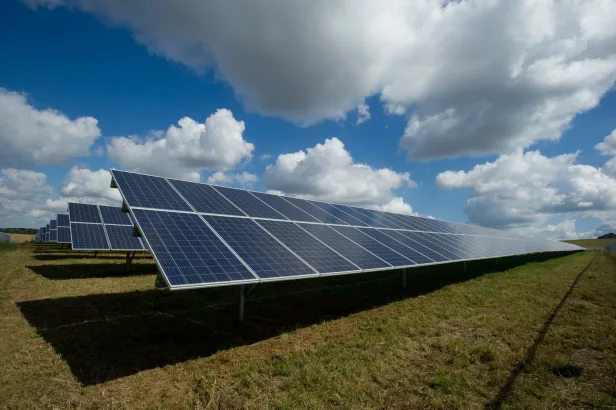

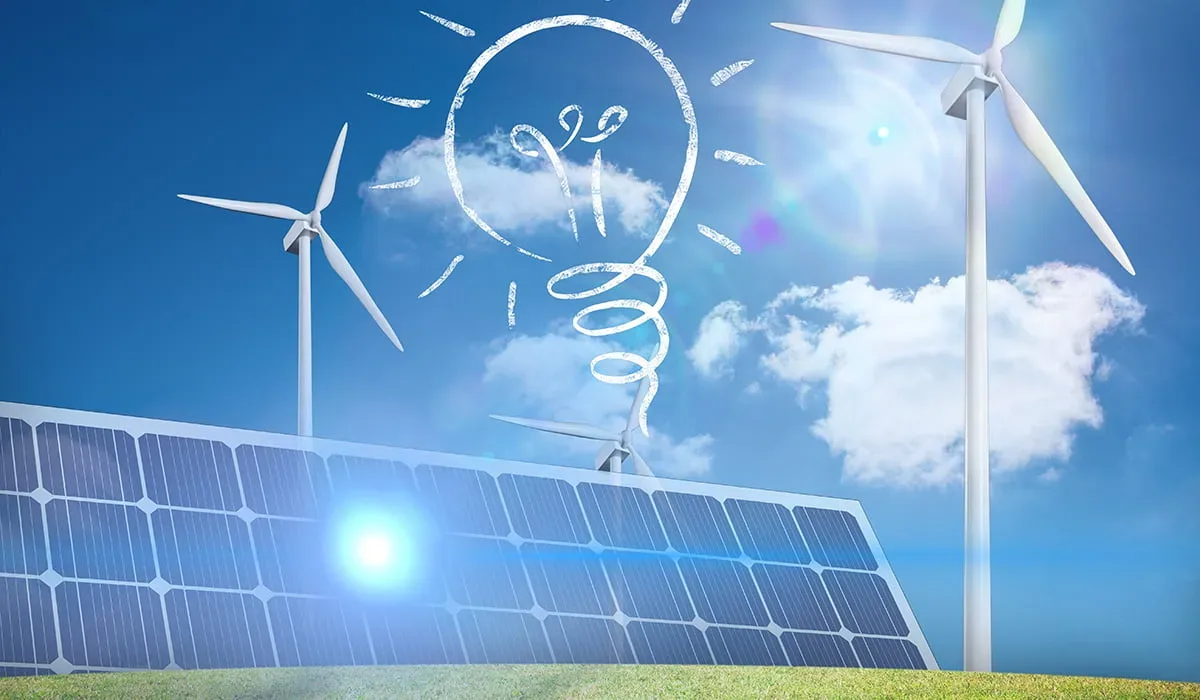
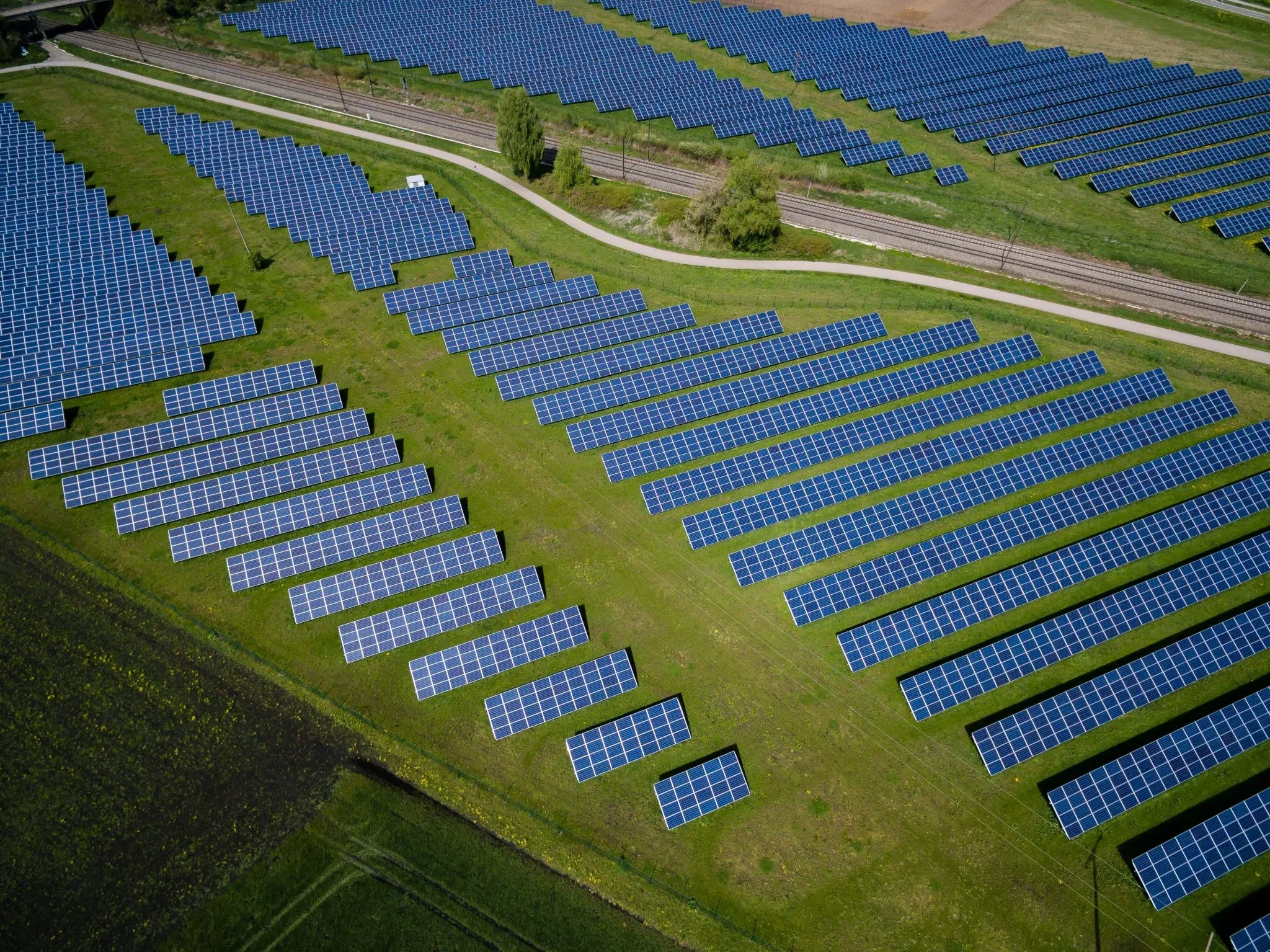


Share Your Thoughts